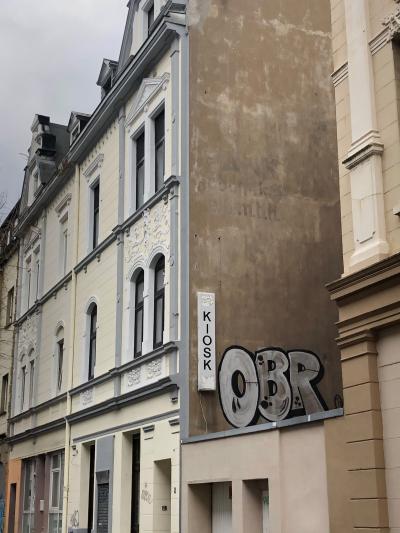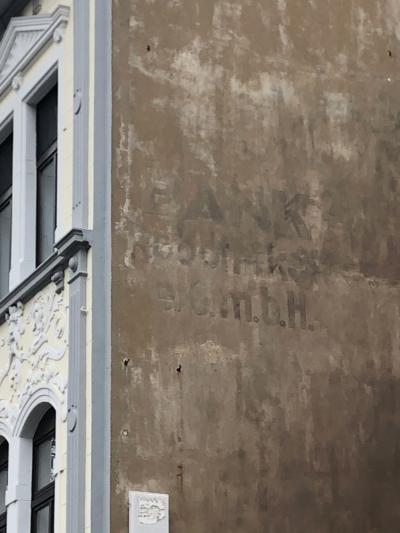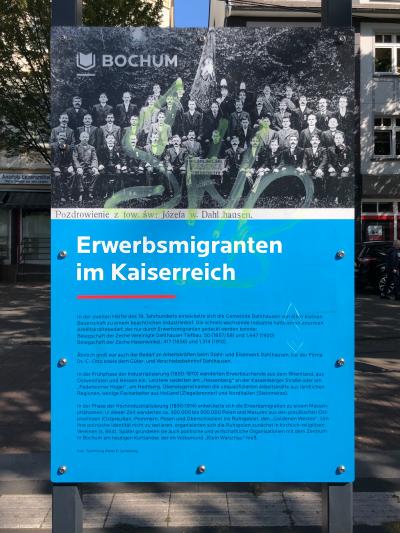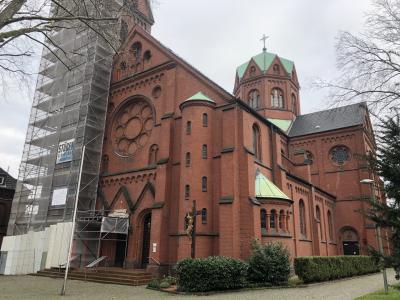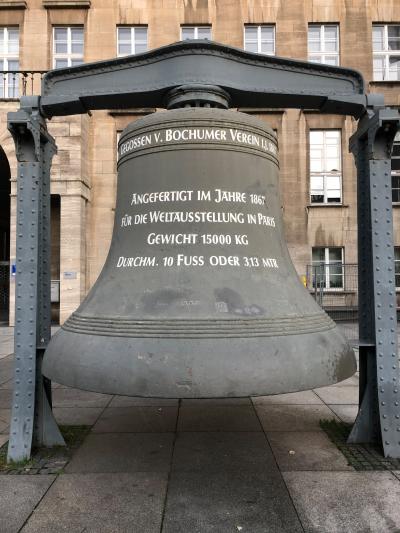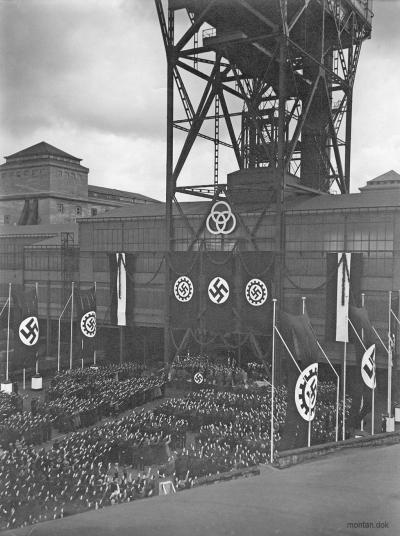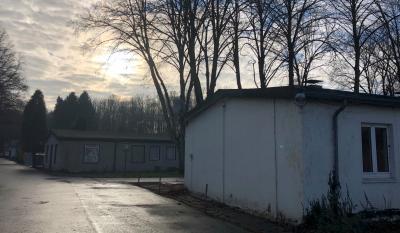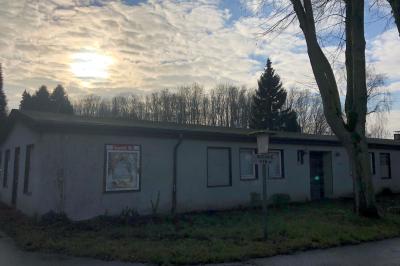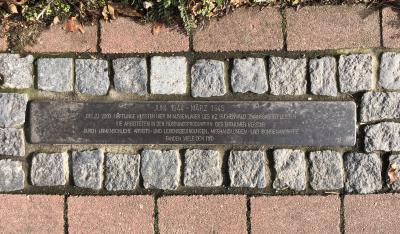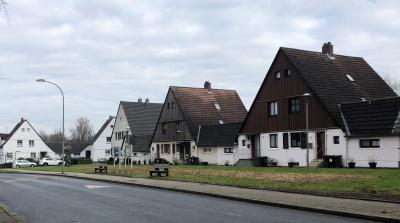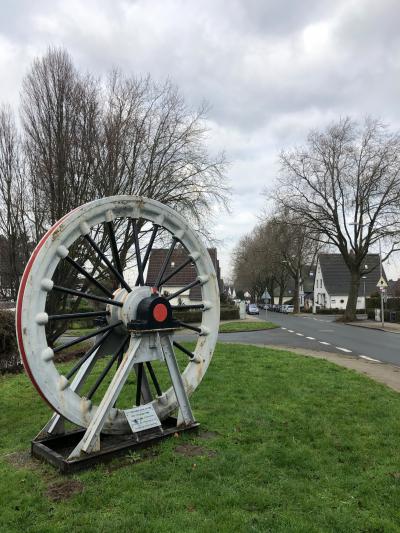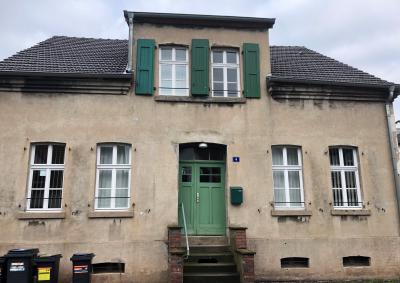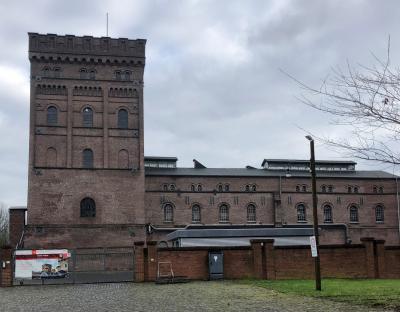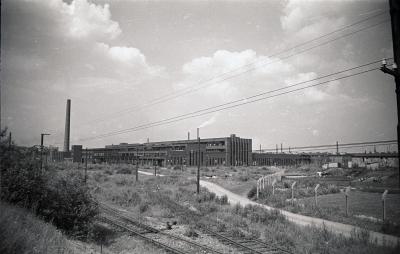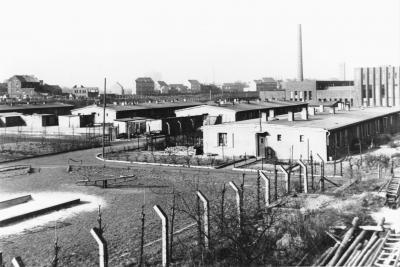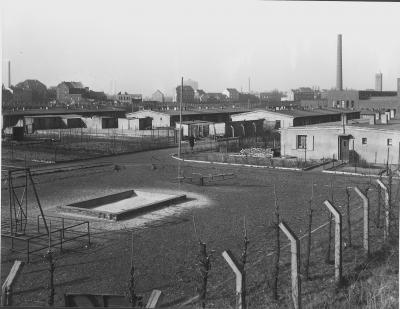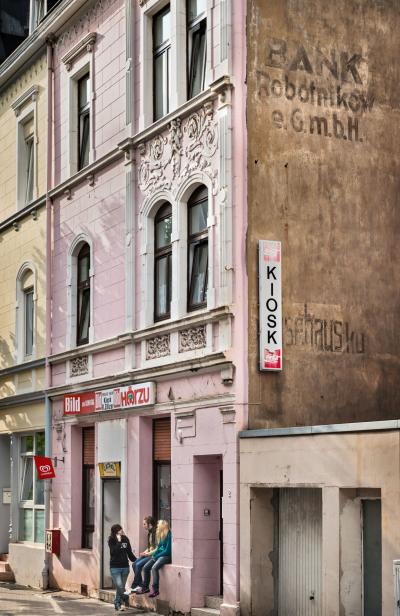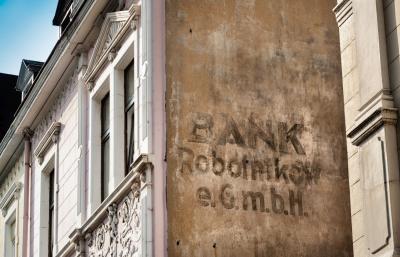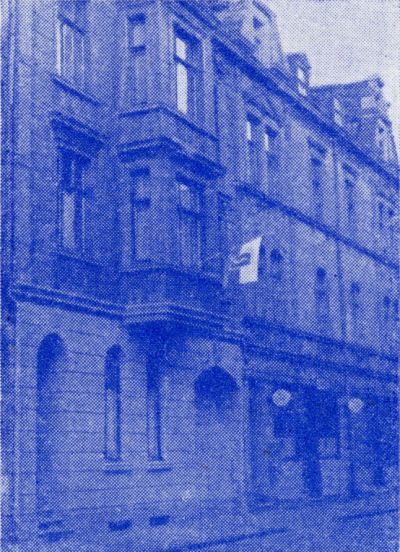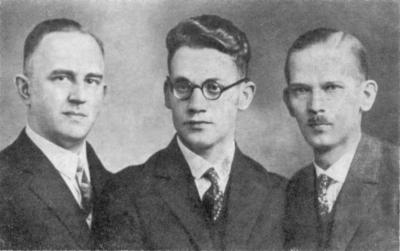About Polish miners, “Polish mines” and “Workers from the East” – A look back at 100 years of the history of Polish workers in Bochum (1871-1973)
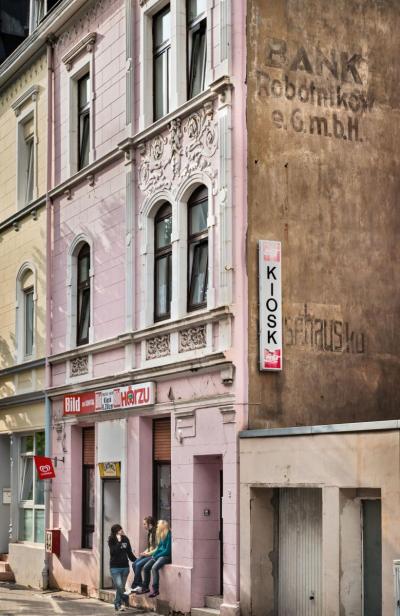
In the Bochum region, Polish workers were mainly used in mining and heavy industries. Some mines even became known as so-called Polish mines: One such mine was the Dannenbaum mine in the Bochum-Süd mining district because of the large proportion of Polish workers there, and many Poles were also registered at the coke plant at the Constantin der Große mine – in 1905, 88.2 % of the workers in the coke plant were of Polish origin.[7] A large number of Poles was also employed by the coal and steel industry group Bochumer Verein für Bergbau und Gussstahlfabrikation (see Fig. 6): In 1872/73, the first Slavic names were already being seen in the workforce and in 1889, 11.7 % of the workers at the Bochumer Verein were of Polish origin.[8]
As the years and decades passed, however, Bochum became increasingly important to Polish economic migrants, not just because of work, but also because it established itself as the heart of the cultural life of the Poles. “The fact that Bochum gradually evolved as the centre of the organised Ruhr Pole movement in the German Reich from the 1880s was a coincidence”[9], because in 1884 the spiritual leader Józef Szotowski was called to the position of chaplain at St. Peter’s rectory in Bochum. From that time on, he looked after the spiritual welfare of the Polish immigrants. From 1890, Franciszek Liss took over the office, and lived, like his predecessor, in the Redemptorist Monastery in Klosterstraße in Bochum and, from there, he administered to the needs of the growing Polish community in the Rhenish-Westphalian industrial region. It was Liss who founded the first Polish language magazine in the Ruhr area, Wiarus Polski, at the end of 1890. The publishing and printing house was located in Malteser Str. in the immediate vicinity of the Redemptorist Monastery in Klosterstraße. Other Polish organisations, such as the Polish worker’s bank (Bank Robotników) and the Union of Poles in Germany (Związek Polaków w Niemczech), which was founded in 1922 and still exists today, also established themselves here (which today is still in parts Klosterstraße and Am Kortländer), which led to the street being known as “Bochum Forge“.[10] The Polish Professional Association (Zjednoczenie Zawodowe Polskie), which was established in Bochum in 1902, also made its home there. The association had a miners’ department which can also be seen in the receipt book from 1913.
Because the organisation of the Ruhr Poles was focussed in one place, a Central Office for Monitoring the Movement of Poles in the Rhenish-Westphalian Industrial Region was established at the Police Headquarters in Bochum in 1909. The aim of the so-called “Pole monitoring centre” was to counter the actions of an allegedly subversive national ‘polishness’ and was, therefore, an expression of the widespread social discrimination and repressive measures by the state towards the Polish migrants which was rife at the time.[11] Within the labour force, the Ruhr Poles were frequently seen as wage squeezers and repeatedly had to face untold resentment from the native population who expressed their feelings through exclusion and hostility, in particular. The oppressive methods by the state included, for example, a systematic monitoring of Polish assemblies and the prohibition of marriages in the Polish language that had now been passed.[12] Not least because of the pressure of the restrictive measures imposed by Prussian authorities, over time the Ruhr Poles demonstrated an increasing willingness to integrate into the native German population, which, as the decades passed, also showed a tendency towards assimilation.[13]
[7] cf. Kleßmann, Christoph: Polnische Bergarbeiter im Ruhrgebiet 1870-1945. Soziale Integration und nationale Subkultur einer Minderheit in der deutschen Industriegesellschaft, p. 51.
[8] cf. Rudzinski, Marco: Ein Unternehmen und “seine” Stadt. Der Bochumer Verein und Bochum vor dem Ersten Weltkrieg, p. 103.
[9] Bleidick, Dietmar: Bochum, das institutionelle Zentrum der Polen in Deutschland, p. 4.
[10] cf. Bleidick, Dietmar: Bochum, das institutionelle Zentrum der Polen in Deutschland, p. 6.
[11] cf. Kleßmann, Christoph: Polnische Bergarbeiter im Ruhrgebiet 1870-1945. Soziale Integration und nationale Subkultur einer Minderheit in der deutschen Industriegesellschaft, p. 93;
cf. Stefanski, Valentina Maria: „… und bin sehr dankbar für die Gelegenheit an der Bekämpfung des Polenthums mitarbeiten zu können“. Polnische Arbeitsmigranten und die preußische Obrigkeit, p. 42 f.
[12] cf. Stefanski, Valentina Maria: „… und bin sehr dankbar für die Gelegenheit an der Bekämpfung des Polenthums mitarbeiten zu können“. Polnische Arbeitsmigranten und die preußische Obrigkeit, p. 38; p. 42 ff.
[13] cf. Skrabania, David: The Ruhr Poles, in: https://www.porta-polonica.de/de/atlas-der-erinnerungsorte/die-ruhrpolen?page=8#body-top.
